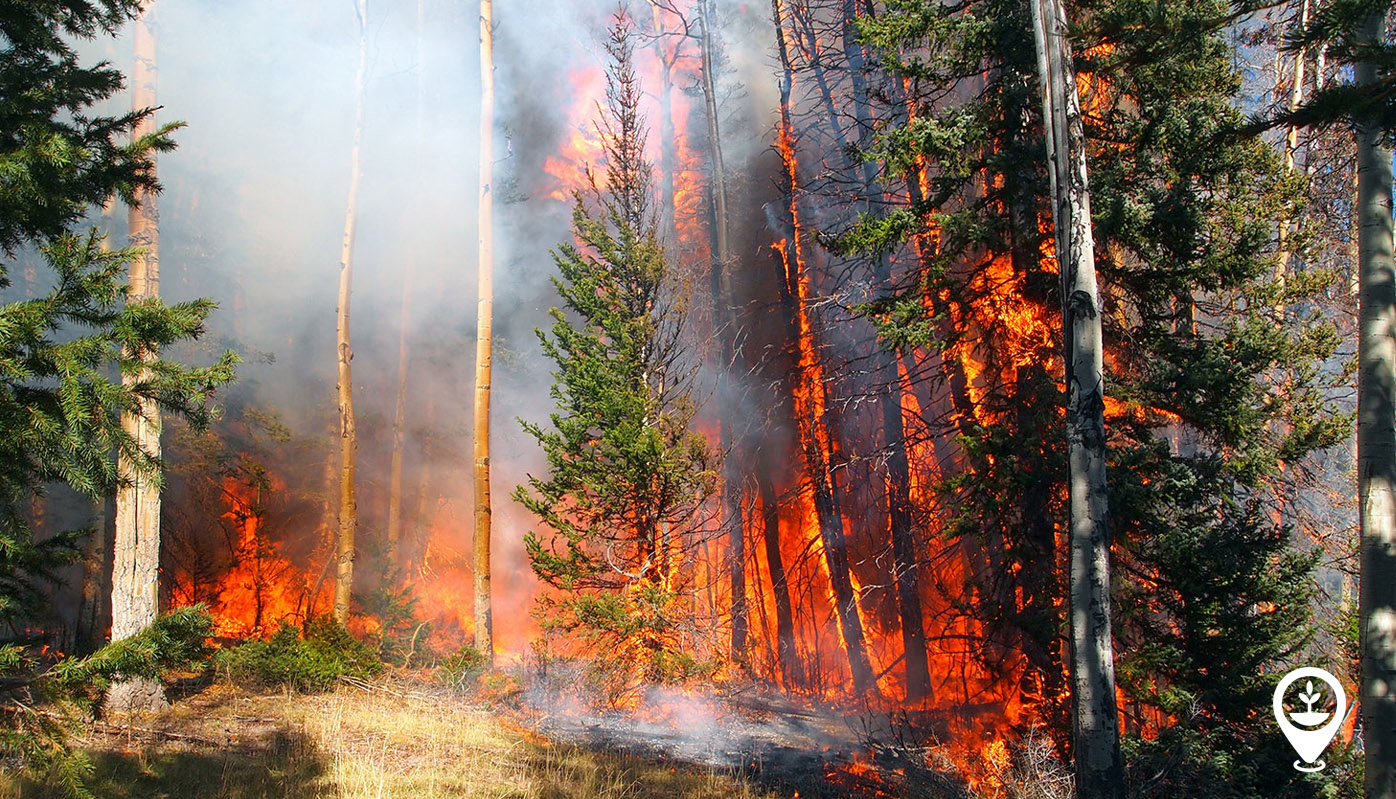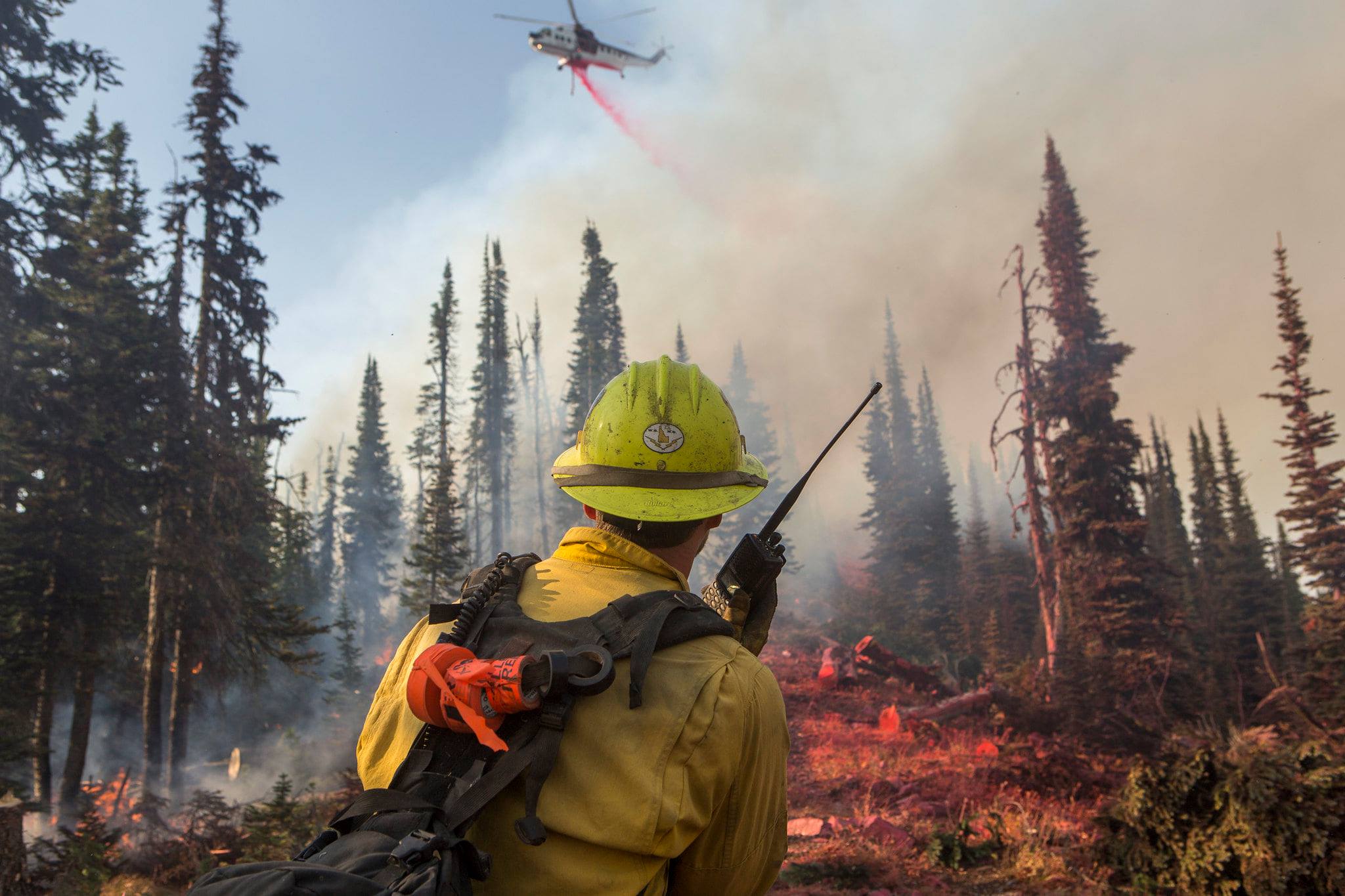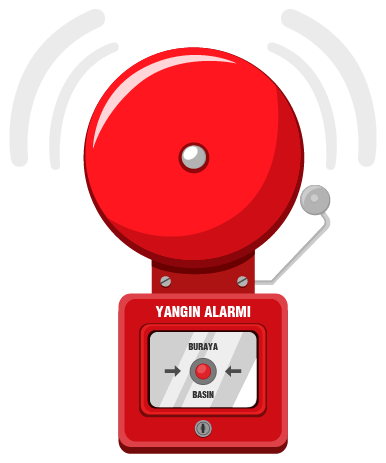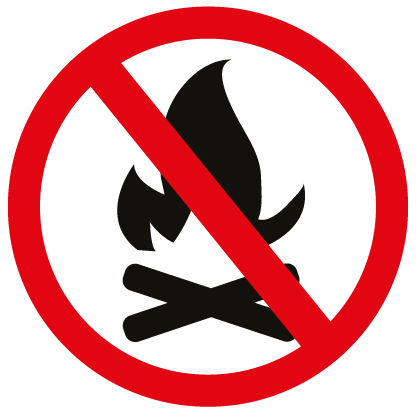WHAT ARE THE CAUSES OF FOREST FIRES AND WHAT SHOULD BE DONE TO PREVENT THEM?
What is Forest?
When it comes to forest, trees come to mind. The main factor that determines whether a piece of land is a forest or not is trees. According to the United Nations Food and Agriculture Organization (FAO), the most authoritative international organization regarding forests and forestry; Three main criteria for a place to be considered a forest:
- Trees can grow more than 5 meters tall at maturity.
- Trees must be dense enough to cover at least 610% of the soil.
- The land must be at least half a hectare, that is, 5 thousand square meters.

Although these criteria are basically accepted in Turkey, there are some minor differences. For example, although there is no half-hectare limit for state forests, this limit is 3 hectares for private forests. In addition, the criterion that trees should cover at least 9610% of the soil is not required in Turkey. Although it is not written in the FHAO criteria, another criterion that is taken into consideration both in the world and in our country is the type of trees on the land. These trees must be forest tree species (oak, beech, pine, fir, spruce, hornbeam, etc.). Lands with fruit trees (apple, pear, cherry, walnut, almond, sour cherry, mulberry, etc.) planted for agricultural production are not considered forests.
What is a Forest Fire?

Among the factors that damage the forest, forest fires, which always remain important; It is one of the factors that endanger the continuity of Türkiye's forests. Since forest fire occurs in an open area, it is a type of fire that tends to spread under the influence of natural conditions such as wind and flammable materials, and burns many flammable materials and live trees in the forest, especially wood, leaves and branches. The fact that forest fires occur in open areas and tend to spread is the main factor that makes extinguishing operations difficult.
What are the Types of Forest Fires?
Forest fires vary depending on the degree and form of burning of all flammable materials present between the soil and the treetop.
Types of forest fires;
- earth fire
- cover fire
- hill fire
Due to the natural conditions of our country, cover and hill fires are more common, and ground fires are not common.
Why Do Forest Fires Occur?
Three elements are required for a forest fire to occur. These are flammable material, oxygen and ignition source. If the ignition temperature (heat), oxygen and flammable material (fuel) come together in sufficient quantities, combustion occurs. The triangle formed by these three factors that cause combustion is called the "Fire Triangle".
Oxygen and flammable materials are abundant in all forests. Therefore, the main factor that causes fire is the ignition source that will create the ignition temperature. This source can sometimes be natural events such as lightning strikes or volcanic eruptions, and sometimes it can be human activities. Human activities that cause fire are generally divided into two main groups: negligence-accident and intentional.
Why Do Forest Fires Occur in Turkey?
Nine out of every ten forest fires in Turkey are caused by human activities. Fires caused by lightning strikes are small in number and limited in the area they affect. Among human activities, the factors that cause the most fires are factors that fall into the negligence-accident category, such as stubble burning, cigarette butts, sparks from power transmission lines, picnic fire and shepherd's fire. Deliberately started fires are less in number.
What to Do to Prevent Forest Fires

- During the fire season and especially during fire-sensitive periods (extremely hot, dry and windy weather), the warnings of the competent public authorities must be followed, and publications (TV, newspaper, internet, etc.) must be constantly followed in order to have regular information about these warnings.
- The borders of agricultural areas that leave stubble close to the forest should be plowed and flammable materials should be removed from the area.
- During the fire season and especially during fire-sensitive periods (extremely hot, dry and windy weather), the warnings of the competent public authorities must be followed, and publications (TV, newspaper, internet, etc.) must be constantly followed in order to have regular information about these warnings.
- All kinds of fire precautions should be taken in buildings and facilities built in or near forest areas, and protective arrangements should be made to prevent possible fires from spreading to the forest (leaving sufficient distance between the structure and the forest without flammable materials, keeping fire extinguishing systems ready and working, ensuring continuous and effective fire prevention). Creating a surveillance system, not keeping flammable-explosive materials in or around the building) should be done. These measures will also prevent damage to buildings, facilities and people during forest fires.

- Maintenance and repairs should be carried out regularly to prevent all kinds of vehicles and equipment, especially motor vehicles entering and exiting forest areas or used in forest areas, from causing forest fires by creating sparks.
- It should be ensured that emergency communication systems are always operational.

- Publications (information booklets, newspaper news, documentaries, websites, etc.) on preventing forest fires and what to do during a fire should be followed and information on this subject should be kept up to date.
- Energy transmission lines in forest areas should be kept under surveillance, especially in windy weather, and risky situations should be reported to the competent authorities immediately.

Don'ts to Prevent Forest Fires
- No fires (shepherd's fire, campfire, picnic fire, etc.) should be lit in fire-sensitive periods and areas. If it is necessary to light a fire for any reason, fire should not be lit in easily flammable areas such as trees, bushes or dried grass and leaves (rocky areas, bare soil with no plants on it may be preferred), easily flammable chemicals should never be used to light a fire, and do not leave the area without making sure that the fire is extinguished. should not be avoided.

- Plant roots and stems (stubble) remaining after harvest in agricultural areas should not be burned.
- No smoking should be allowed in or near the forest, and no cigarette butts (even extinguished) should be thrown away.

SOURCE:
https://richardstreeservice.com/about/resources/prevent-forest-fires.php
https://eos.com/blog/wildfire-prevention/
https://vikaspedia.in/energy/environment/know-your-environment/forest-fires
https://www.green.earth/blog/top-10-causes-of-deforestation


















































